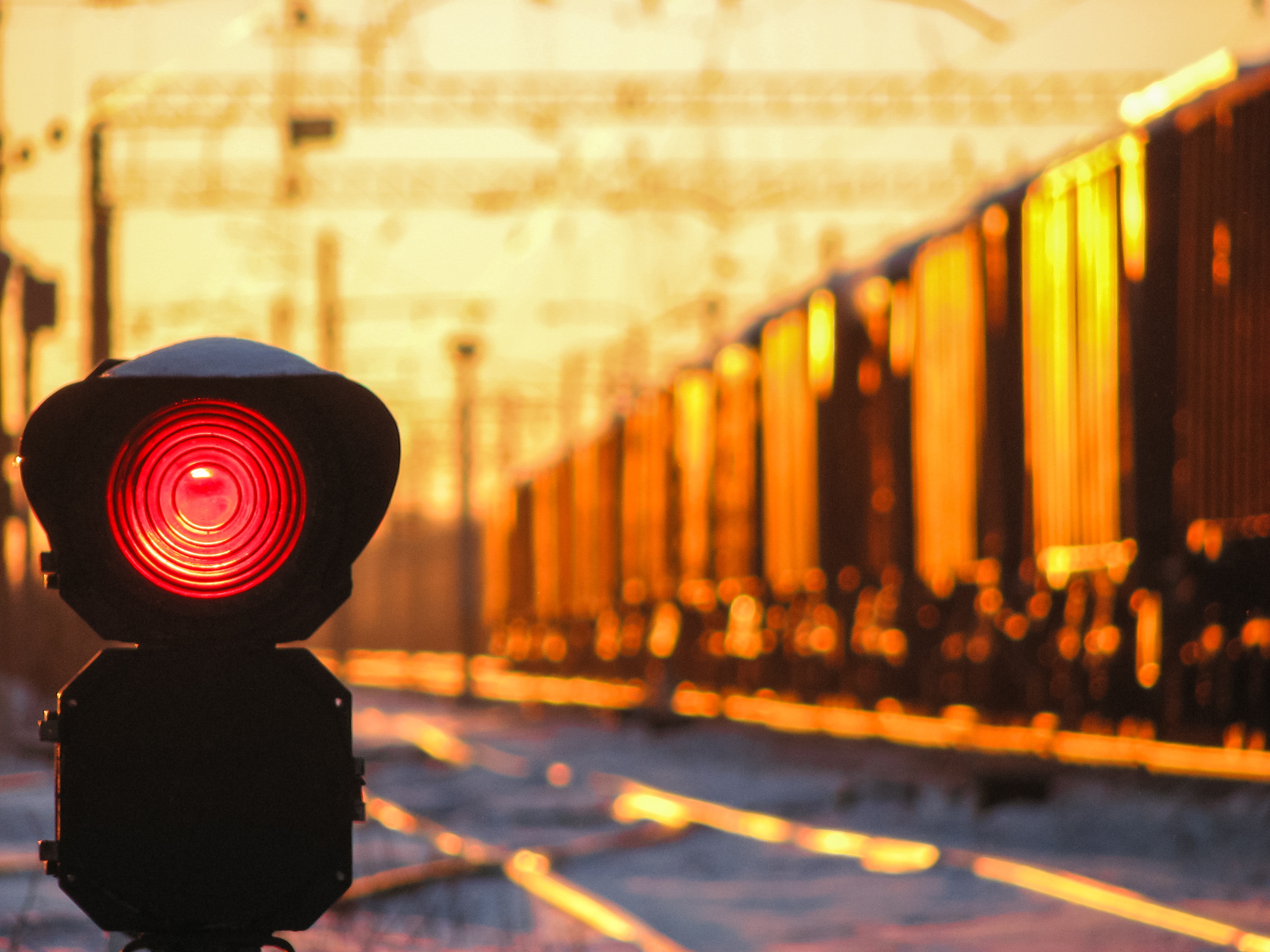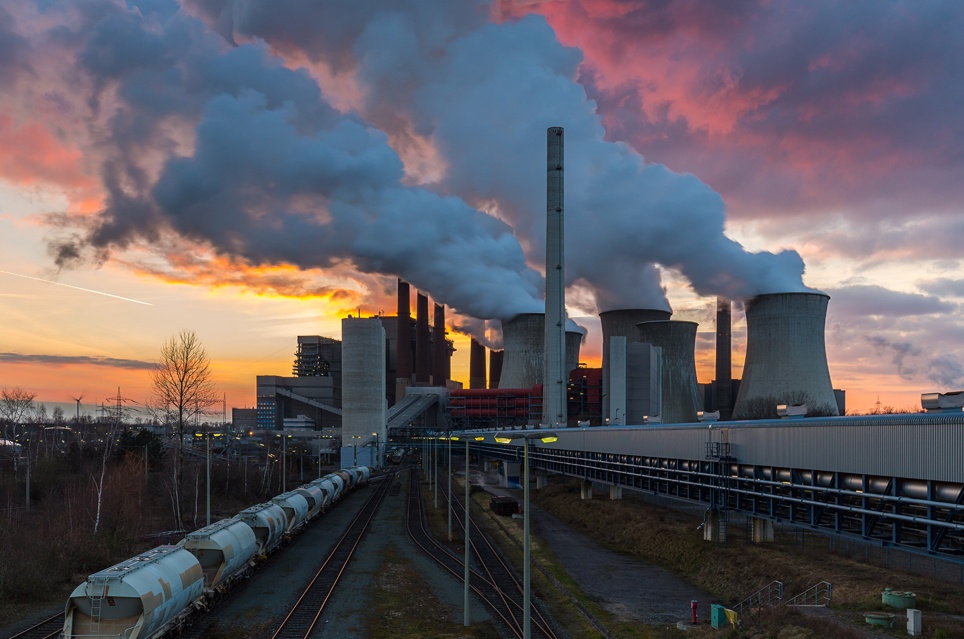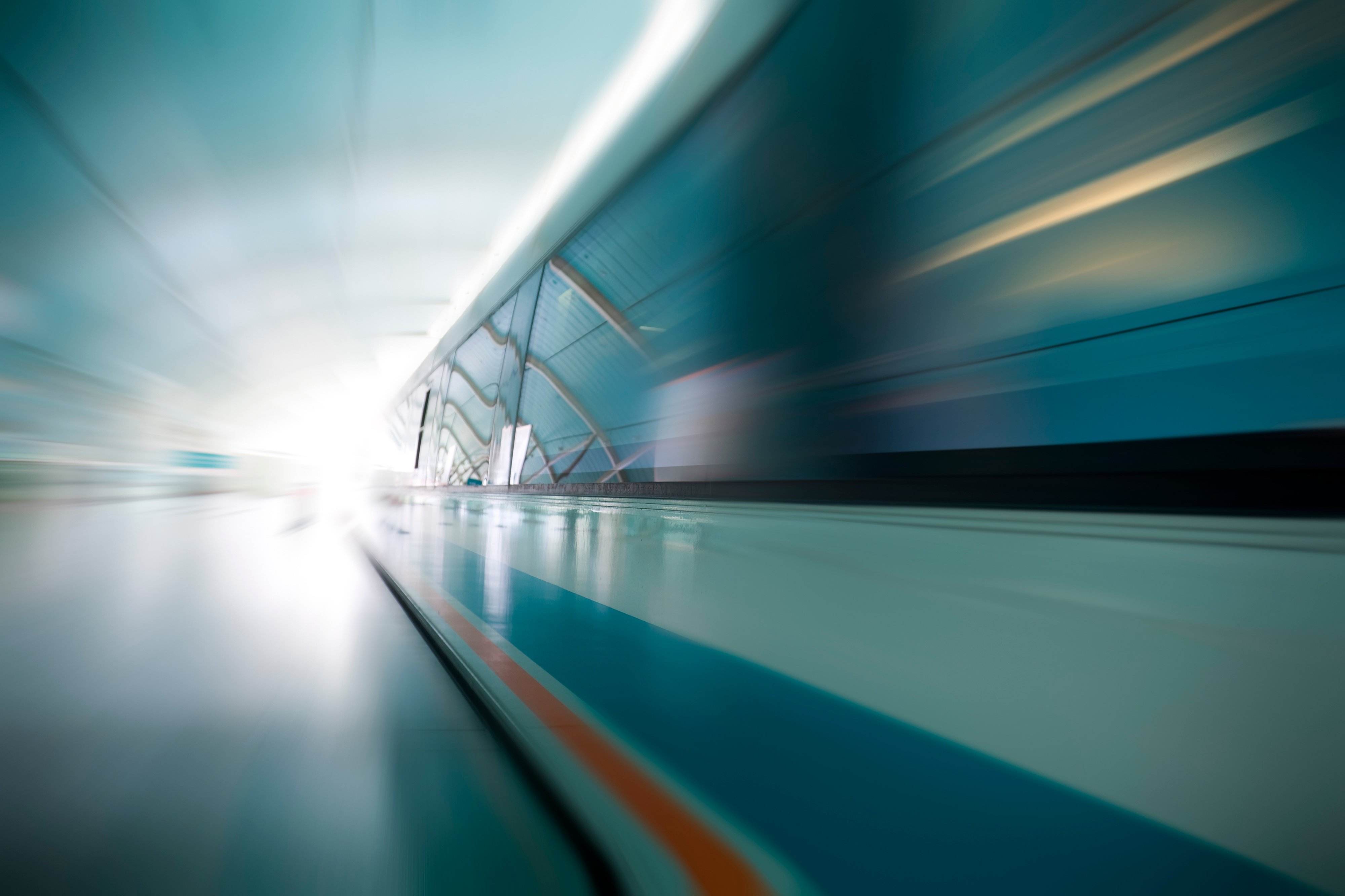Within the rail industry, any technology that helps improve customer experience, avoid operational delays, and keep trains moving is well worth pursuing.
As the industry produces more data than ever before, through smart sensors and applications, artificial intelligence can be used in a variety of ways:
Operational Intelligence
This uses the power of data to improve rolling stock maintenance effectiveness. As the growing volume of maintenance and sensor data continues to increase, the rail industry can use this data to identify the cause of a problem. It can then “decide” the most suitable repair action.
This predictive maintenance means that not only are operators able to more quickly react to issues and malfunctions, but they can also anticipate any potential failures and act before they occur.
This eliminates the need for lengthy root cause identification, leading to reduced maintenance costs, faster repair, and increased customer satisfaction and fleet availability.
Delay-Time Prediction
Delays are expensive for rail companies and annoying for customers. Fujitsu is partnering with Jorudan Co. and SRI International, and developing a new system to predict delay time. This would learn from past train delay data, predict how long each delay will be, and use a cloud-based service to deliver updates.
The function will be incorporated into the current route-planner app which already offers passengers information about travel times, fares, and delays.
Cloud Computing
As we’ve already mentioned, the rail industry uses a number of applications, all generating a vast amount of data. It can be challenging to store this data and accurately analyse it to get actionable results. Cloud-based AI technology allows rail companies to store the data they collect in real time, while providing substantial saving costs and 24/7 accessibility.
Cloud services can also easily be integrated and connected to other software so operators can immediately have all necessary information for fast decision making.
Biometrics
Biometric ticketing includes retina scans, voice verification, vein scans, facial recognition and fingerprint scans. This technology uses rapidly-flashing infrared lights to allow cameras to capture the orientation, texture, and shape of body parts in immense detail. This would greatly improve overcrowding issues at many train stations, ending ticket barriers and rush-hour queues.
Customer Clever and Bristol Robotics Laboratory are already developing this system. It can’t be tricked by photographs, it can tell identical twins apart, and it can even recognise people wearing glasses. The system can also already identify people while they’re still walking, which would allow stations to completely replace ticket gates.
Intelligent Signalling Systems
Indian Railways is now remotely monitoring its signal system. The effective use of artificial intelligence allows the company to predict failures in real time. Previously, Indian Railways has had a manual maintenance system, which was all about finding and fixing any problems, instead of predicting and preventing issues in the first place.
Now the company is using sensors to continuously monitor axle counters, track circuits, signals, and their subsystems. Any flaws can be immediately detected and dealt with to prevent delays and accidents.
It’s an exciting time for the rail industry. Artificial intelligence will improve safety, prevent delays, save money, and provide better customer service. But the industry will also need to find efficient power solutions going forward. If you’d like to talk about how we can help with your power needs, get in touch today.




